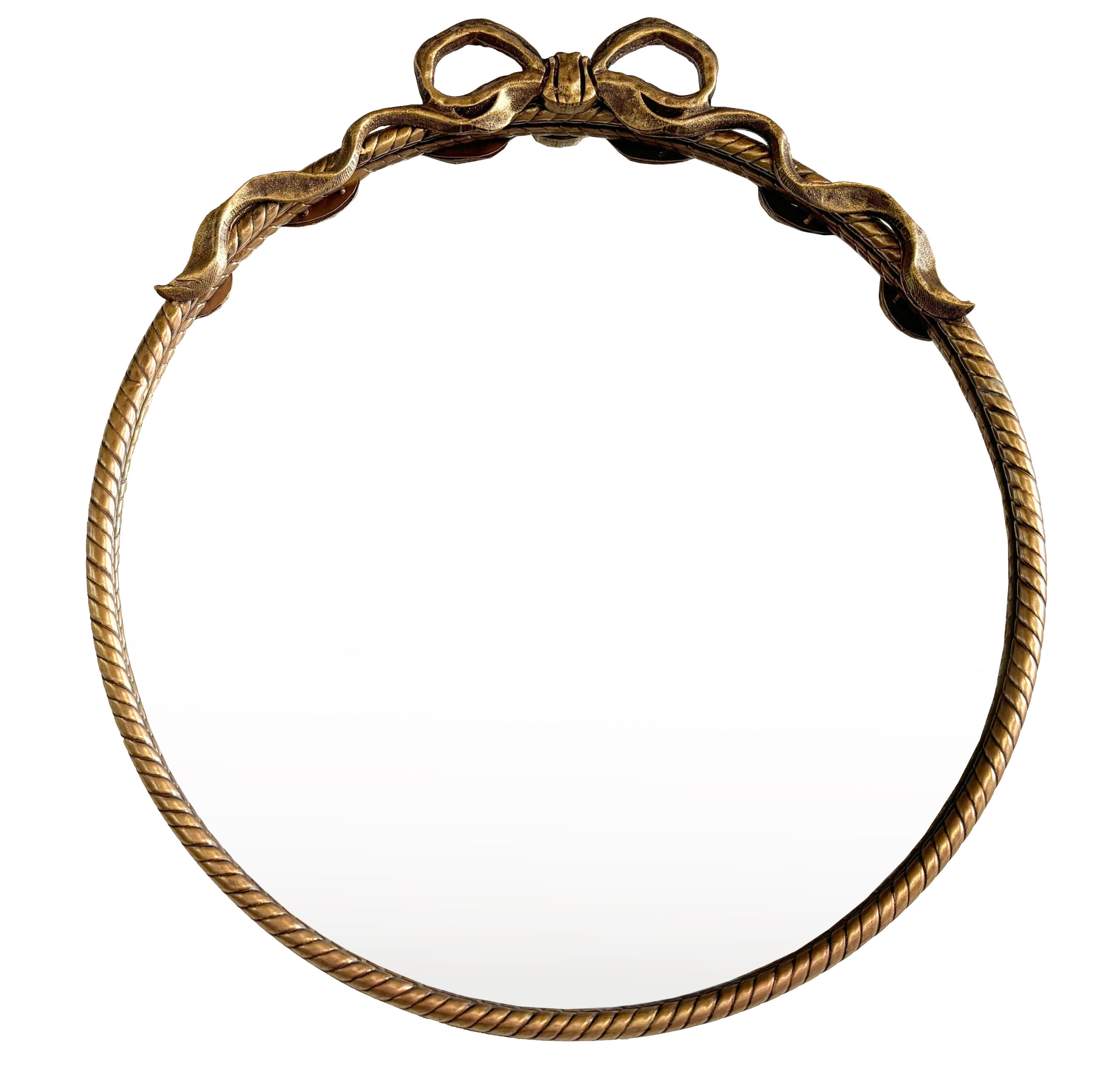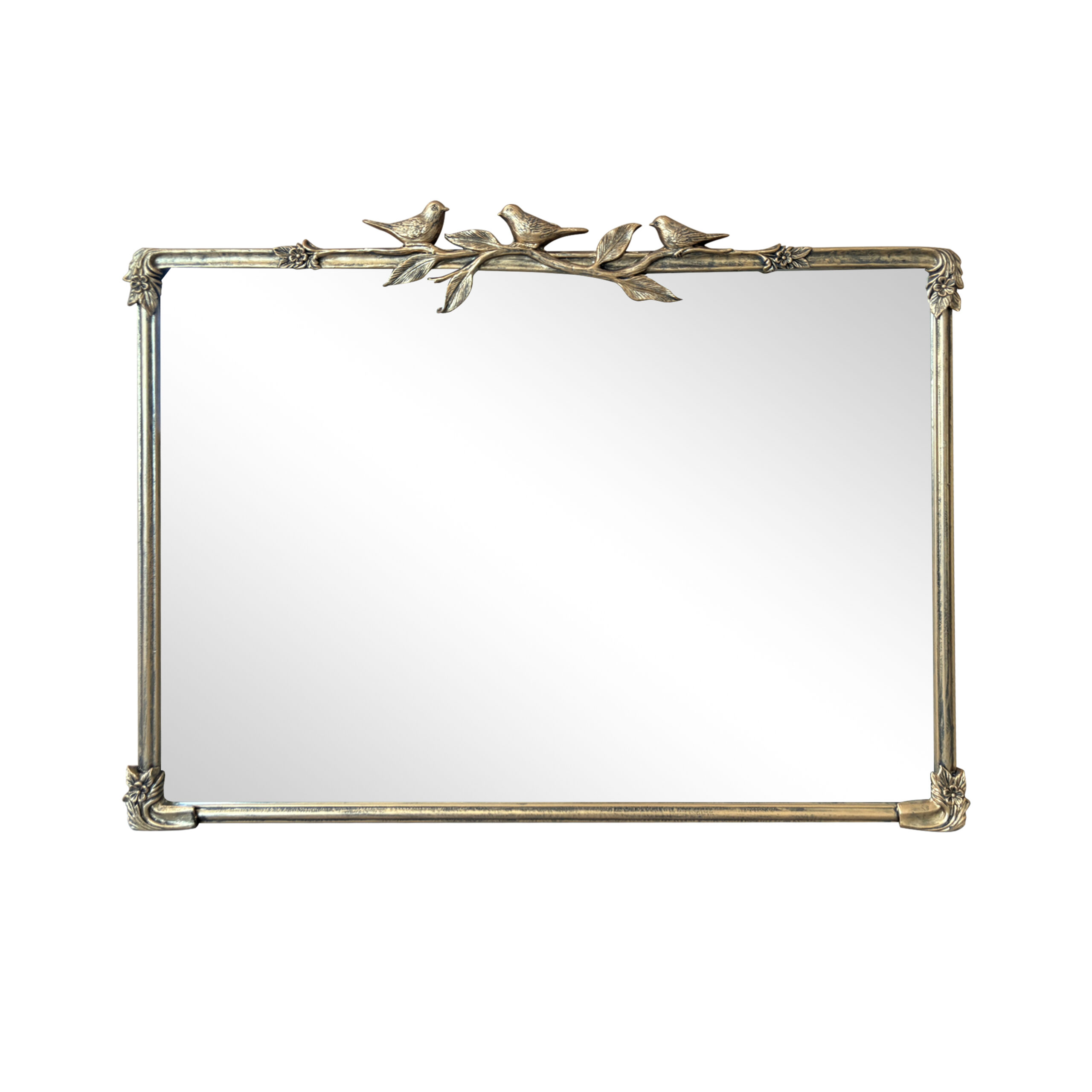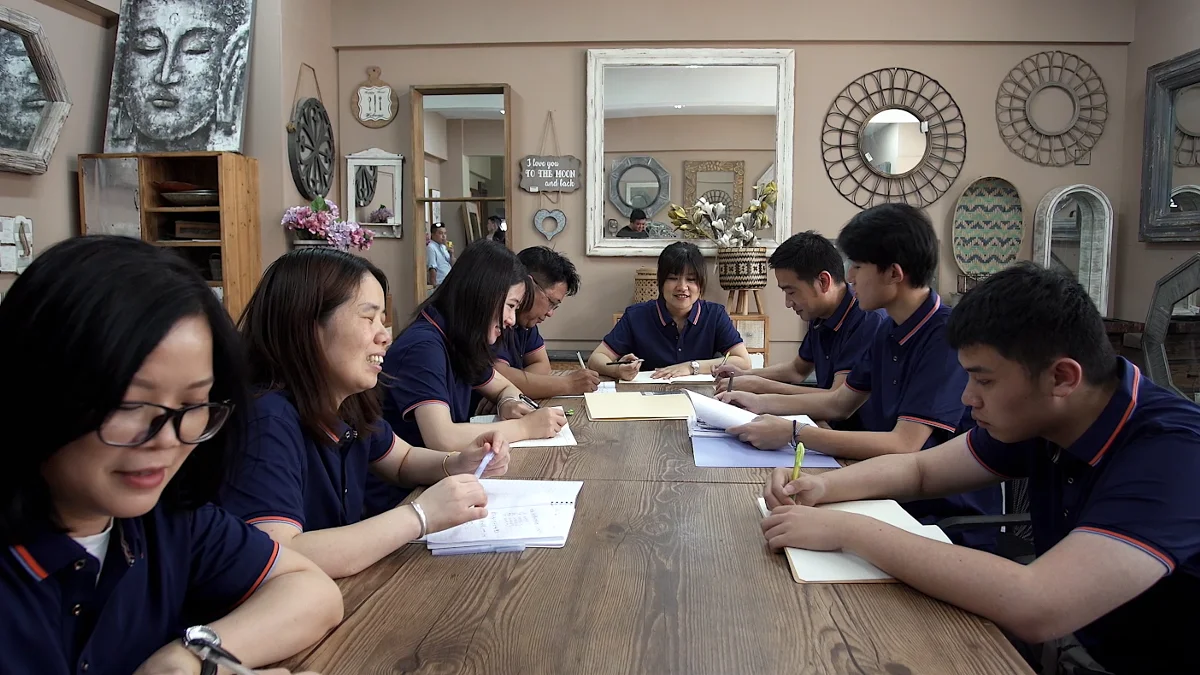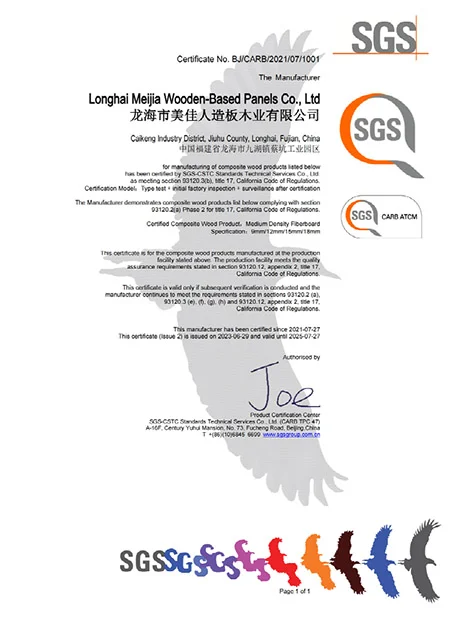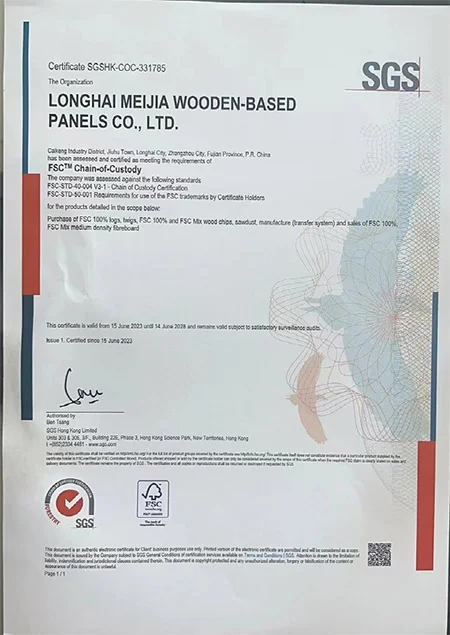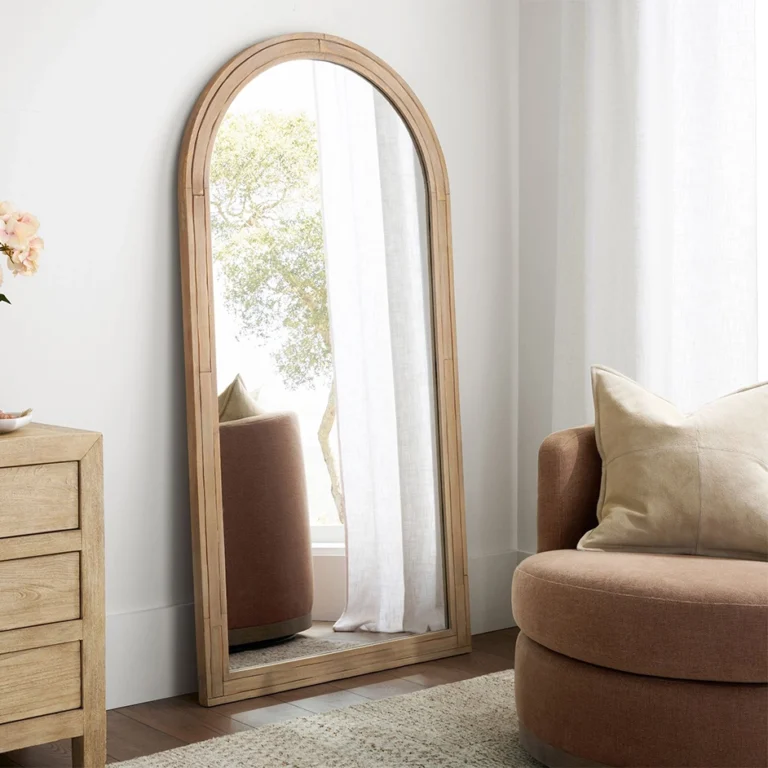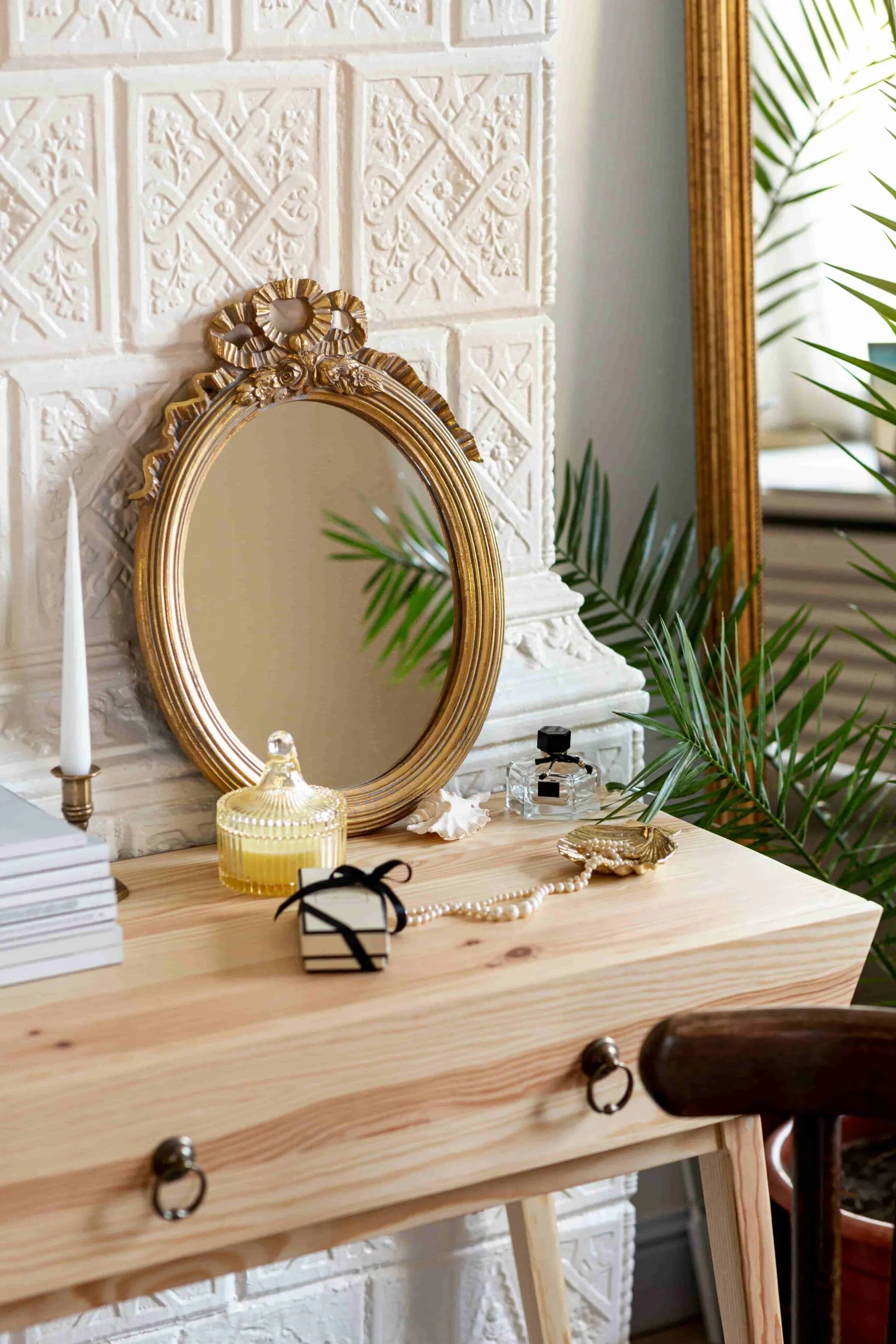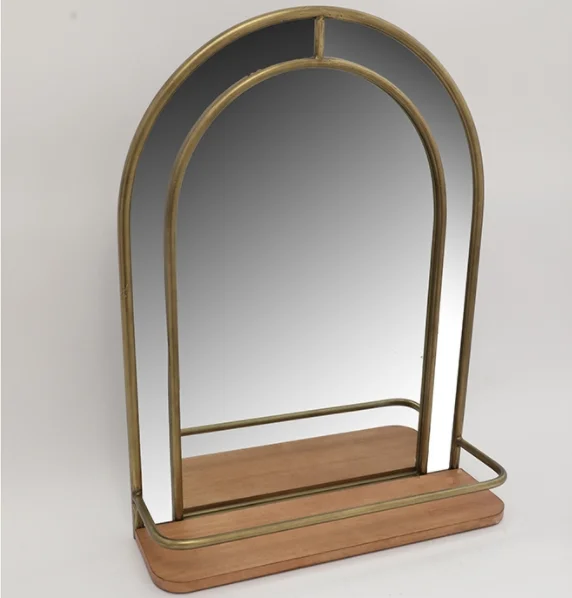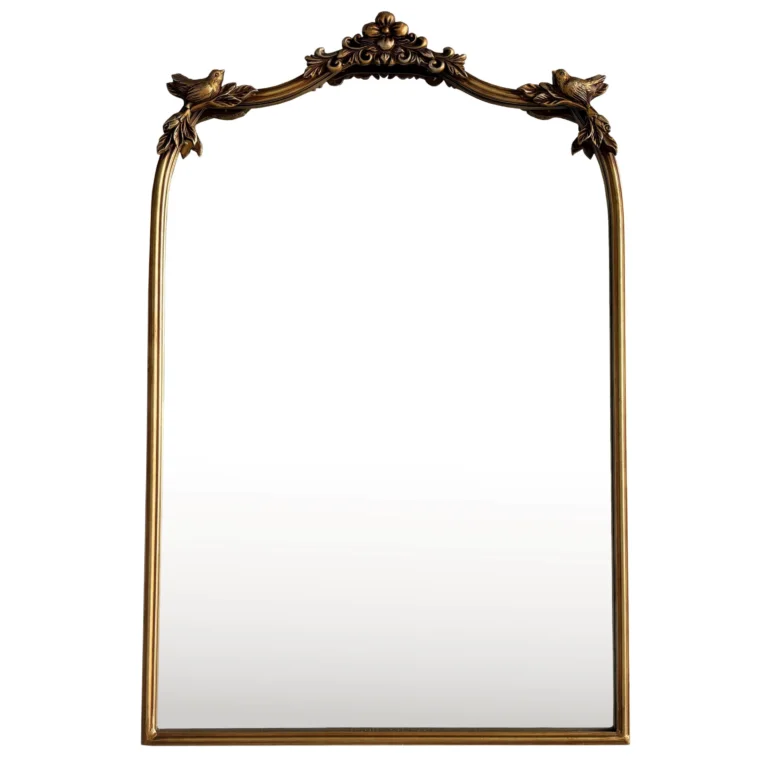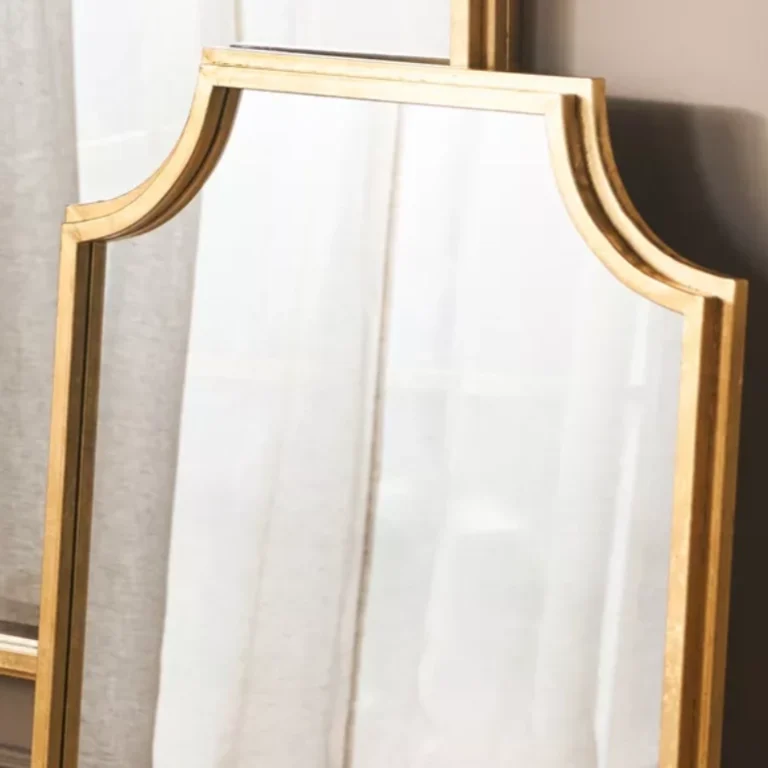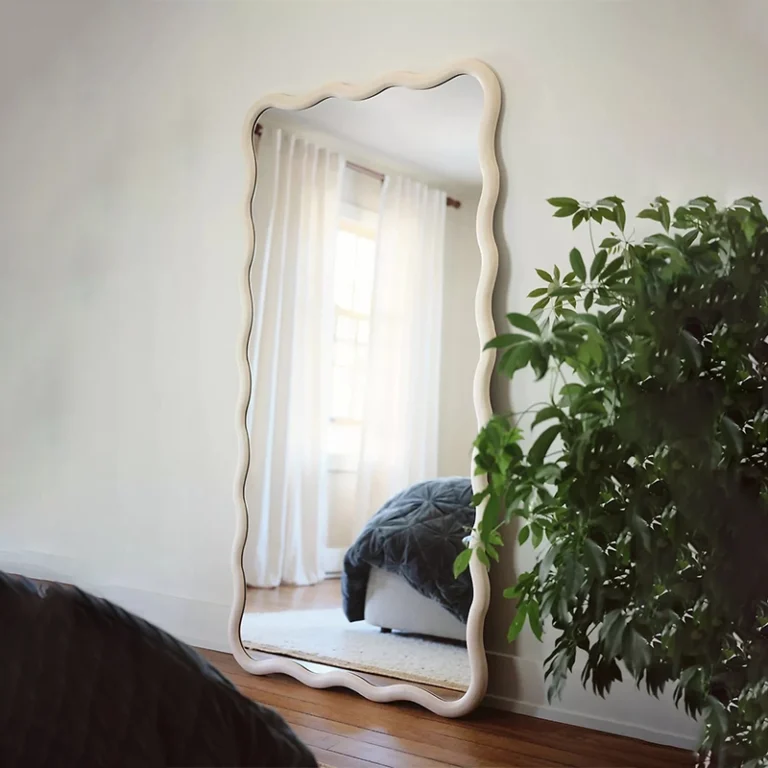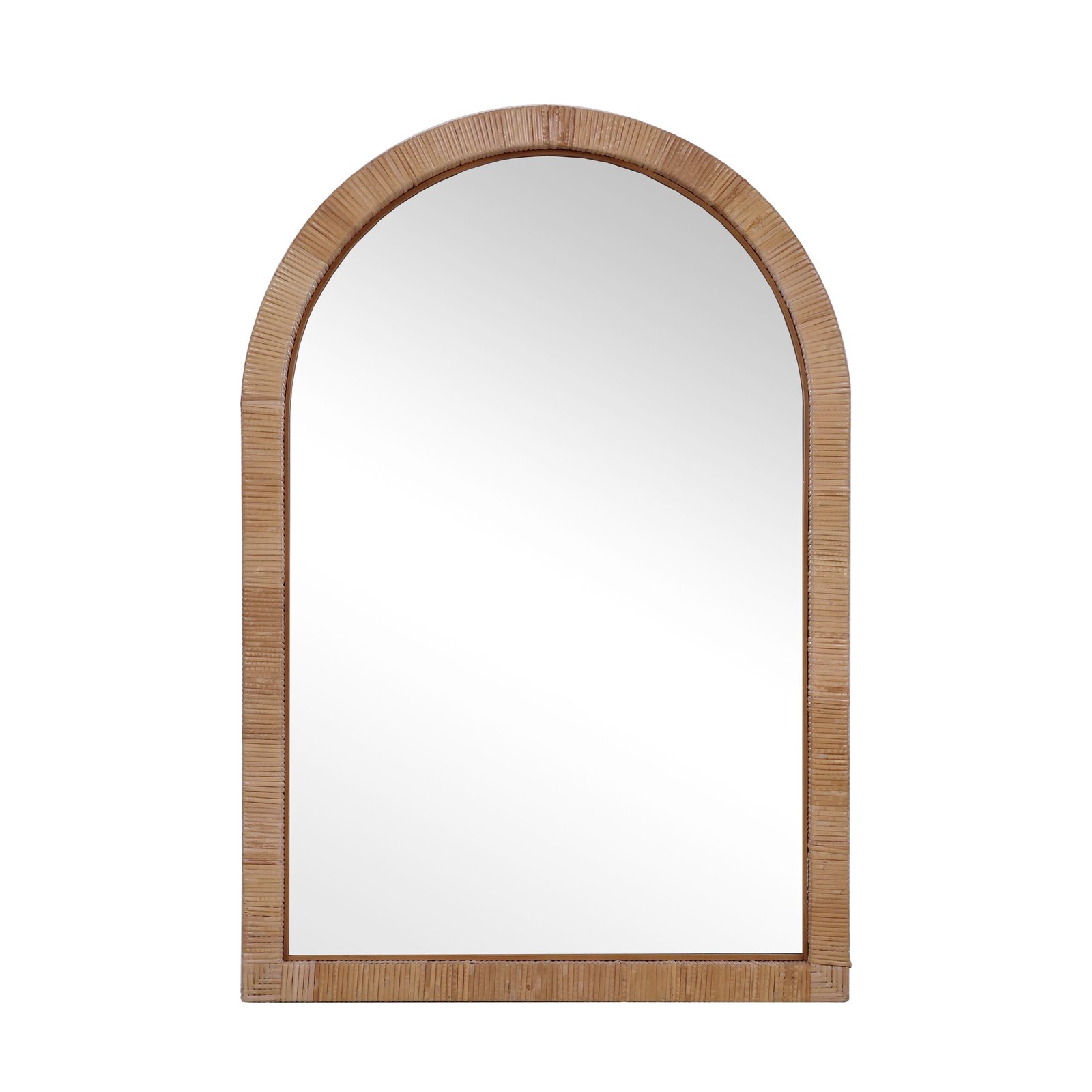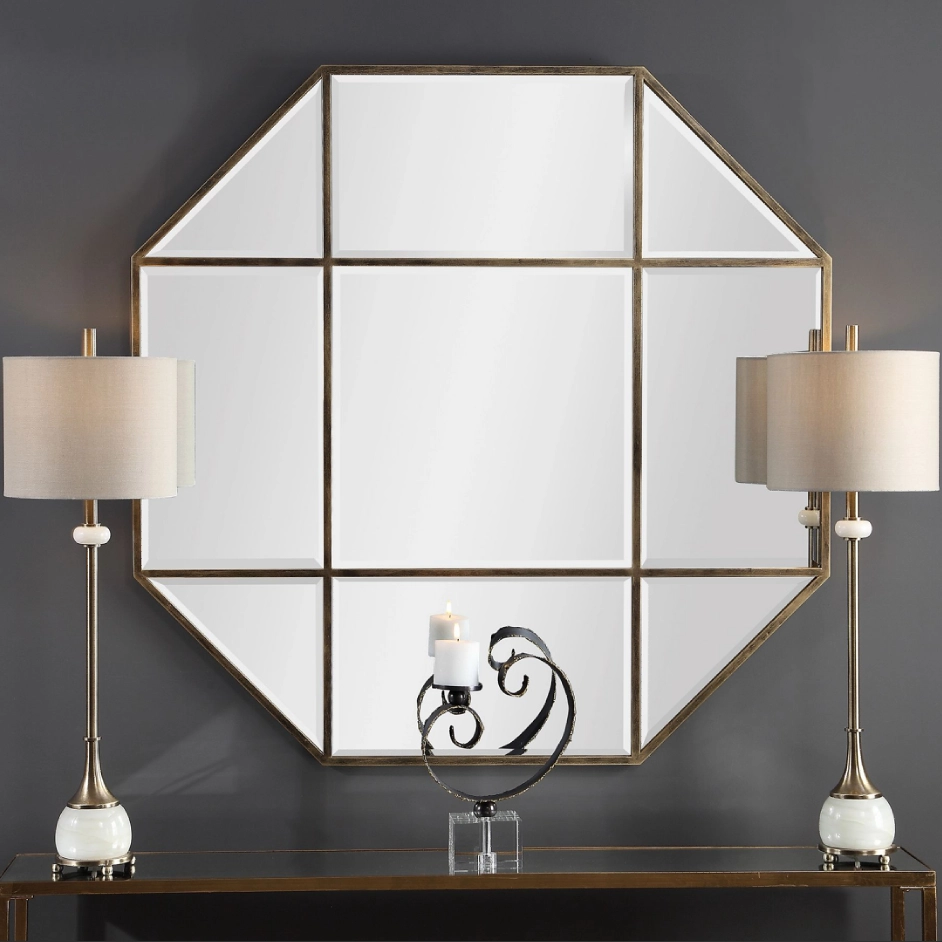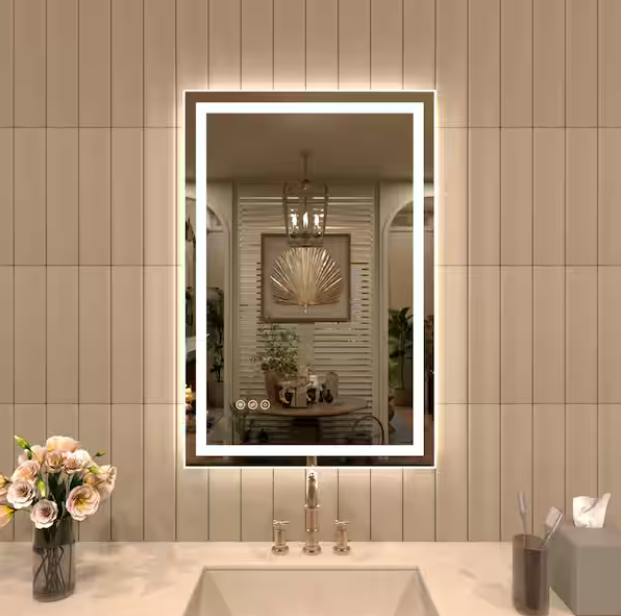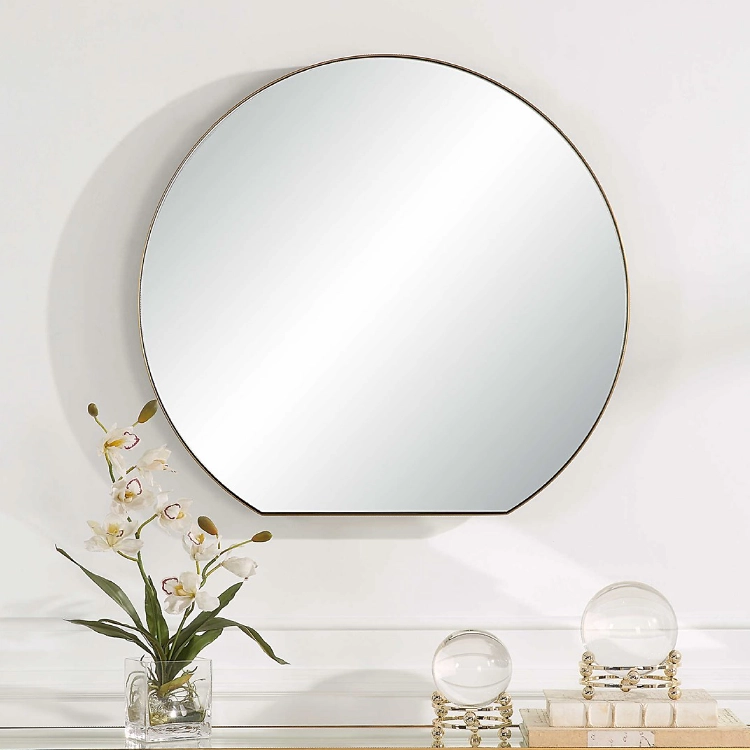Mirror price Manchester
Of course. The term “mirror price Manchester” is a common search query, but it’s important to understand what it means and how to get the most accurate information.
The phrase is typically used by people looking for the price of a specific type of antique or vintage mirror, often with a gilt or ornate frame, that is characteristic of the style produced in or associated with Manchester, UK, during the 19th and early 20th centuries.
There is no single “mirror price” for Manchester. The value depends entirely on the specific mirror. Here’s a breakdown of what influences the price and how to find it.
Key Factors That Determine the Price:
-
Age & Period: A genuine Victorian (1837-1901) or Edwardian (1901-1910) mirror will be more valuable than a 20th-century reproduction.
-
Style & Craftsmanship: Highly ornate, hand-carved giltwood mirrors with intricate details (e.g., acanthus leaves, floral motifs, figural elements) command higher prices than simpler, plainer designs.
-
Size: Large, imposing overmantel mirrors or pier mirrors are generally more expensive than smaller dressing table mirrors.
-
Condition: Original glass and gilt finish with a desirable patina are best. Significant damage, replaced glass, or heavy over-painting will reduce the value.
-
Provenance: If the mirror can be traced to a specific famous manufacturer or previous owner, this can significantly increase its value.
-
Current Market Trends: Prices can fluctuate based on collector demand.
How to Find a Realistic Price for Your Mirror
Instead of searching for a single price, follow these steps:
1. Identify Your Mirror First:
-
Examine it for any labels, stamps, or markings on the back or frame.
-
Research the style (e.g., Victorian, Art Nouveau, Art Deco) to narrow down its age.
-
Take clear, well-lit photographs from the front, side (showing the depth of the carving), and the back.
2. Search on Live Marketplaces (Best for Current Values):
This is the most accurate way to see what similar mirrors are actually selling for right now in the UK.
-
eBay: This is your best starting point.
-
Search for: “Victorian gilt mirror”, “Manchester mirror”, “antique pier mirror”.
-
Crucially, use the “Sold Listings” filter. This shows you the final sale prices, not just what people are asking for. This is the true market value.
-
-
Etsy: Popular for vintage and antique homewares. Use similar search terms.
-
Facebook Marketplace: Great for seeing local prices in the Manchester area.
-
Specialist Auction House Websites: Look at past auction results from UK houses like Bonhams, Christie’s, or even larger regional auctioneers. They often have online archives.
3. Get a Professional Valuation (For High-Value Items):
If you believe the mirror could be particularly valuable, consider these options:
-
Local Auctioneers in Manchester/North West:
-
Adam Partridge Auctioneers (Manchester & Macclesfield)
-
Capes Dunn (Manchester)
-
Ronaldson Hall (near Leeds)
-
Many offer free valuation days where you can bring in photos or the item itself.
-
-
Antique Dealers: Visit reputable antique shops or centres and ask for their opinion.
Estimated Price Ranges (Very General Guide)
-
Small, simple vintage/retro mirrors: £20 – £80
-
Medium-sized Victorian-style mirrors (may be later reproductions): £100 – £400
-
Large, authentic Victorian gilt overmantel or pier mirrors in good condition: £400 – £1,500+
-
Exceptional, large, high-quality carved antique mirrors: £2,000 – £10,000+
In summary: There is no one “Mirror price Manchester.” To find your mirror’s value, you must identify its specific characteristics and research recent sold prices on platforms like eBay or consult a local expert.
Generally speaking, our order requirements are as follows: the minimum order quantity (MOQ) for large items is 50 pieces, for regular items it is 100 pieces, for small items it is 500 pieces, and for very small items (such as ceramic decorations) the MOQ is 1,000 pieces. Orders exceeding $100,000 will receive a 5% discount. The delivery timeline is determined based on the specific order quantity and production schedule. Typically, we are able to complete delivery within two months.

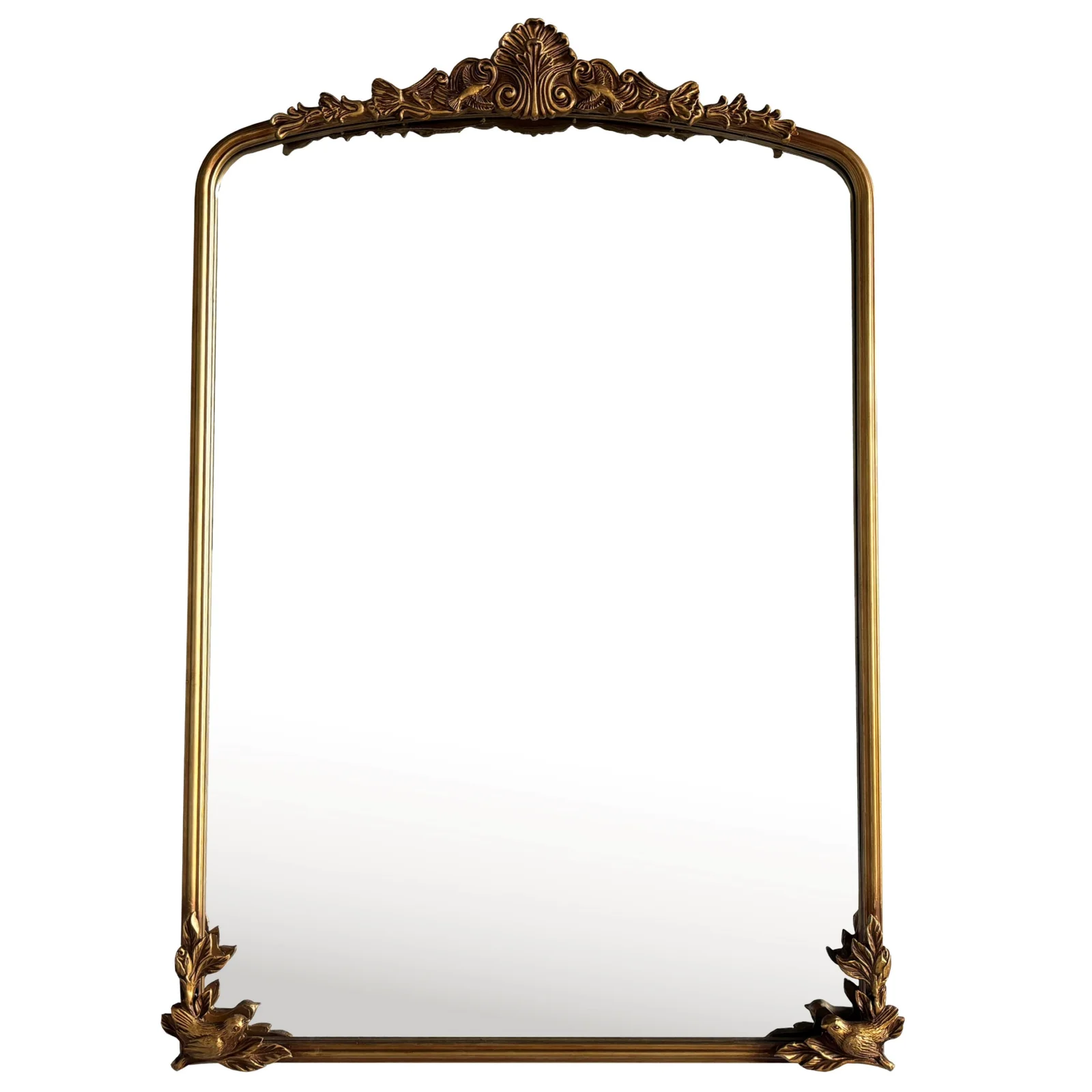
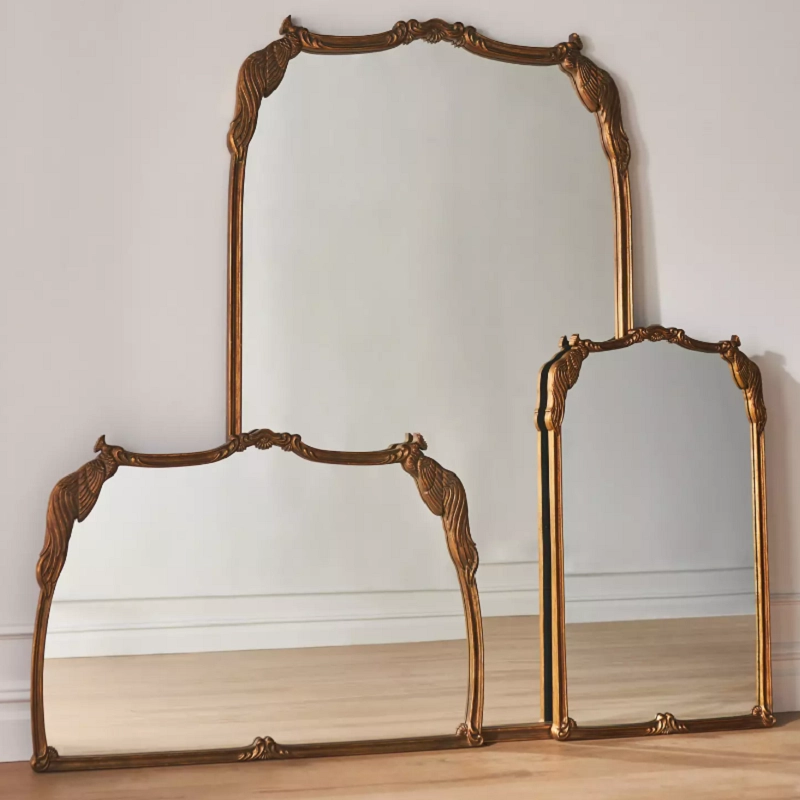

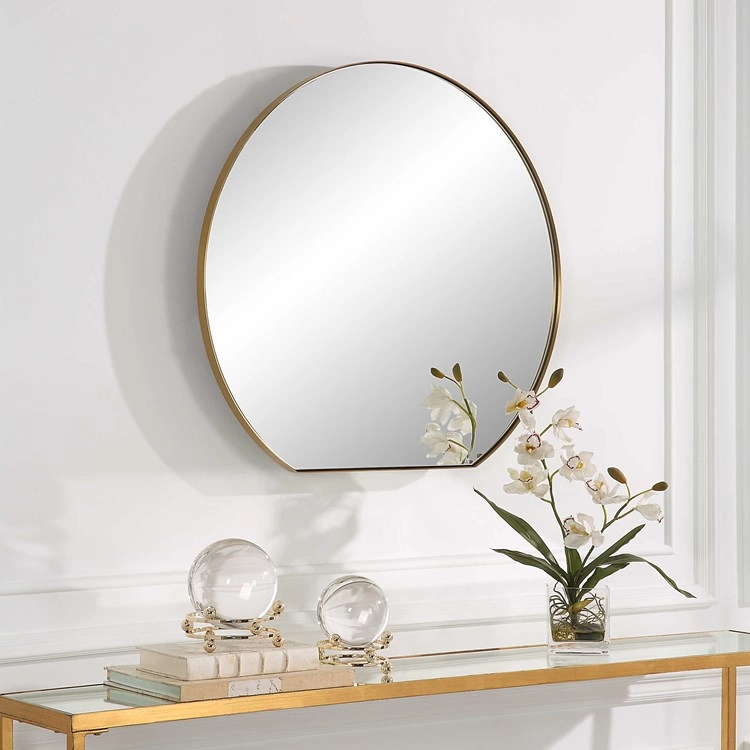
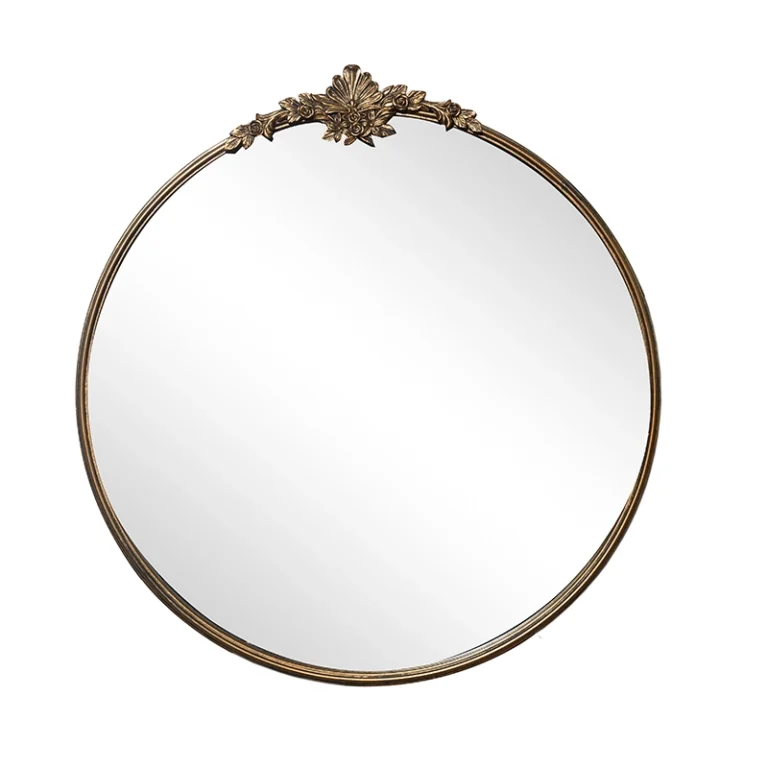

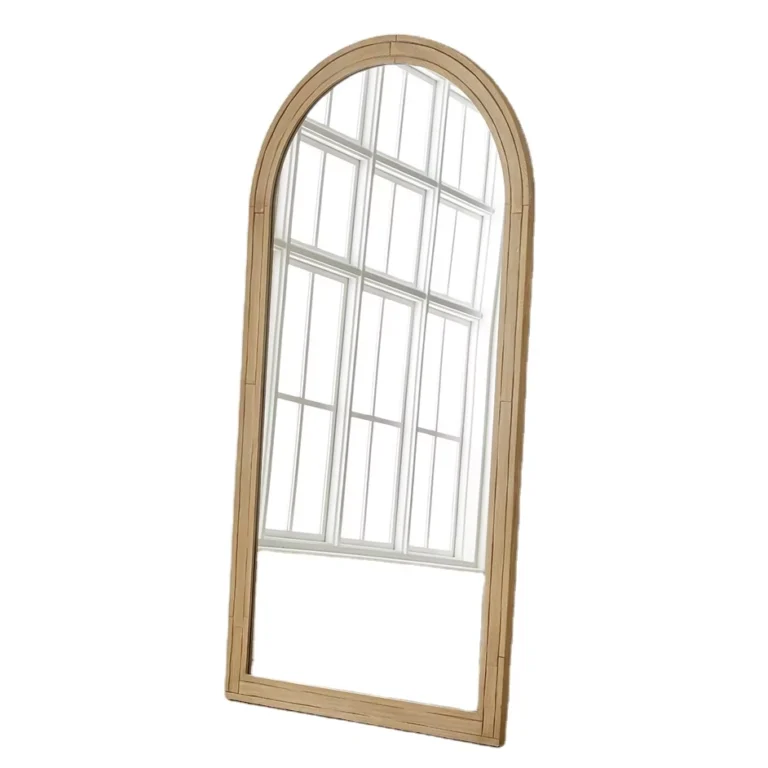

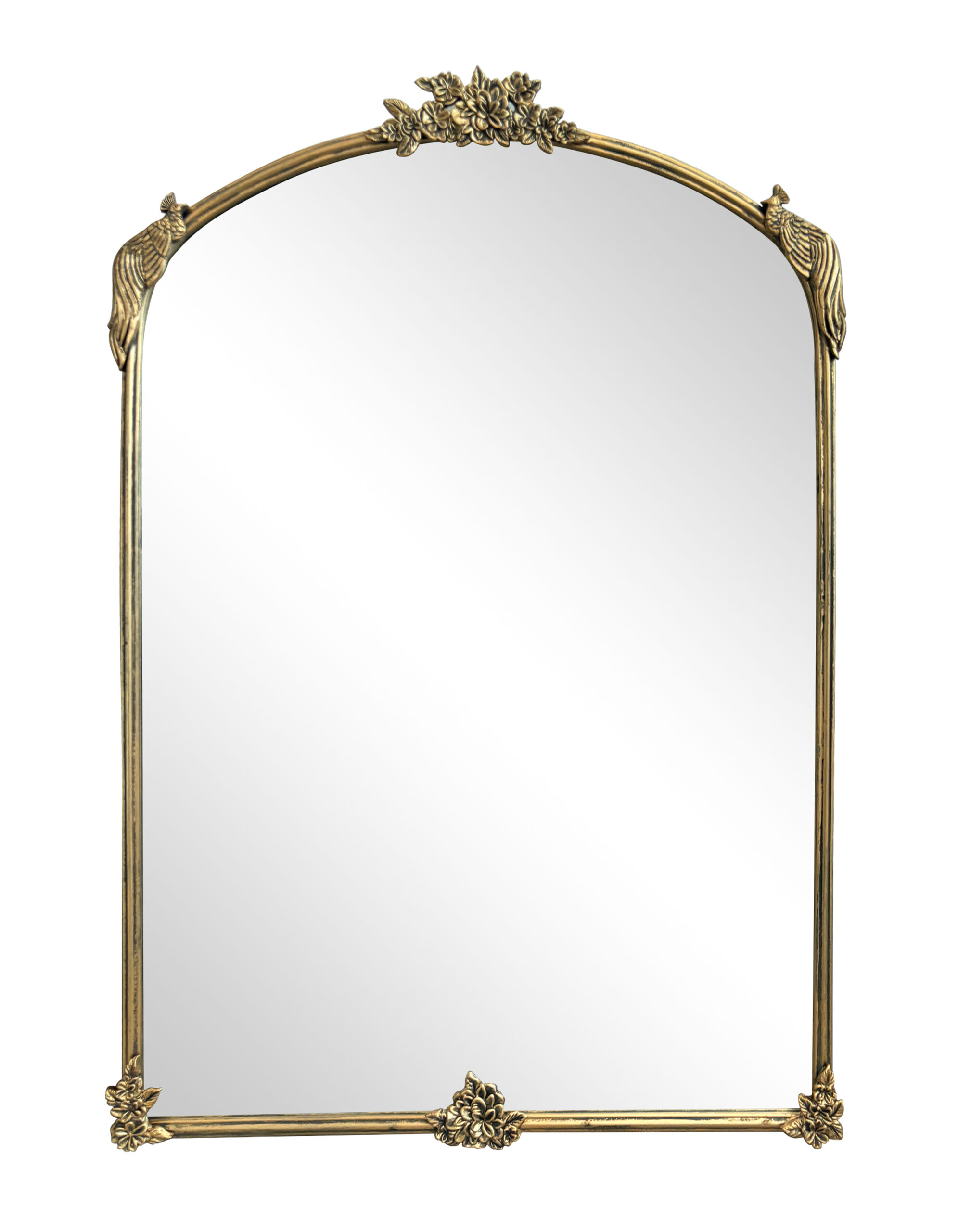
-scaled.jpg)
